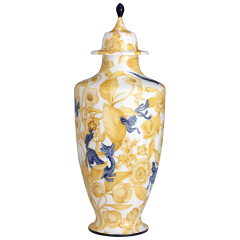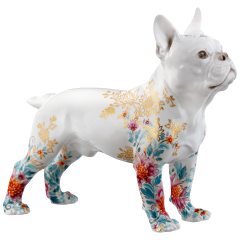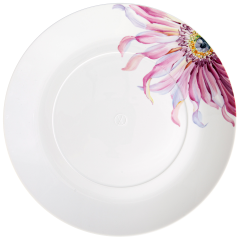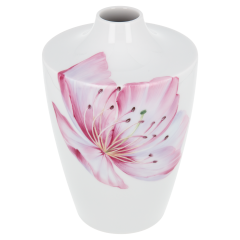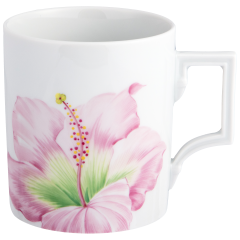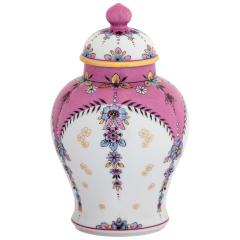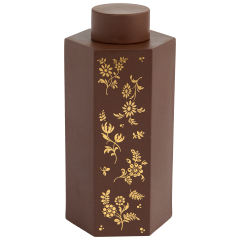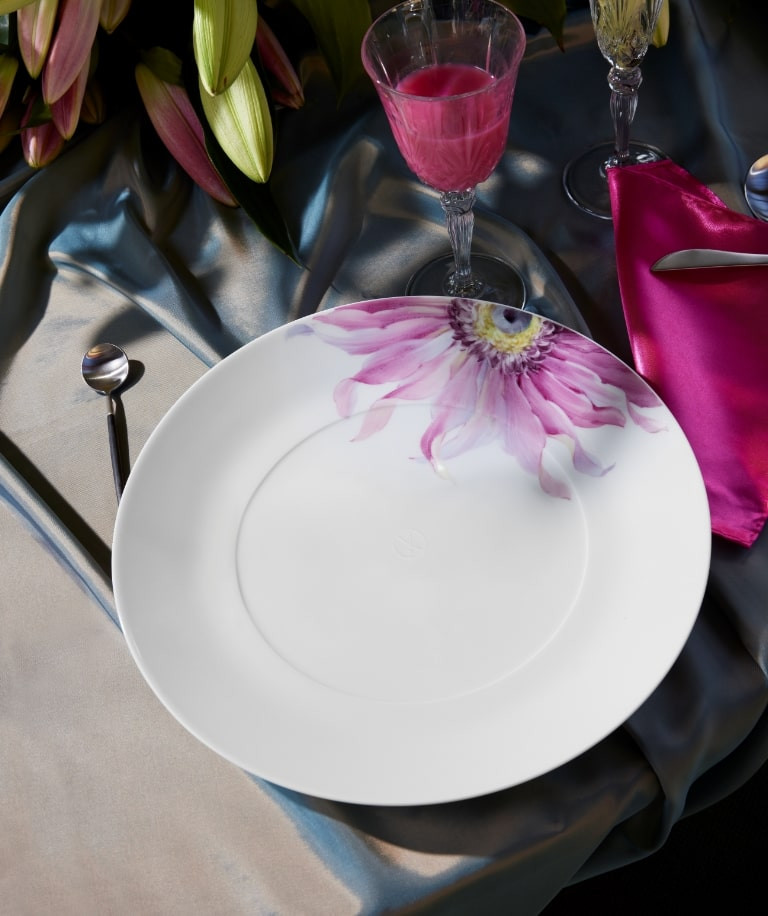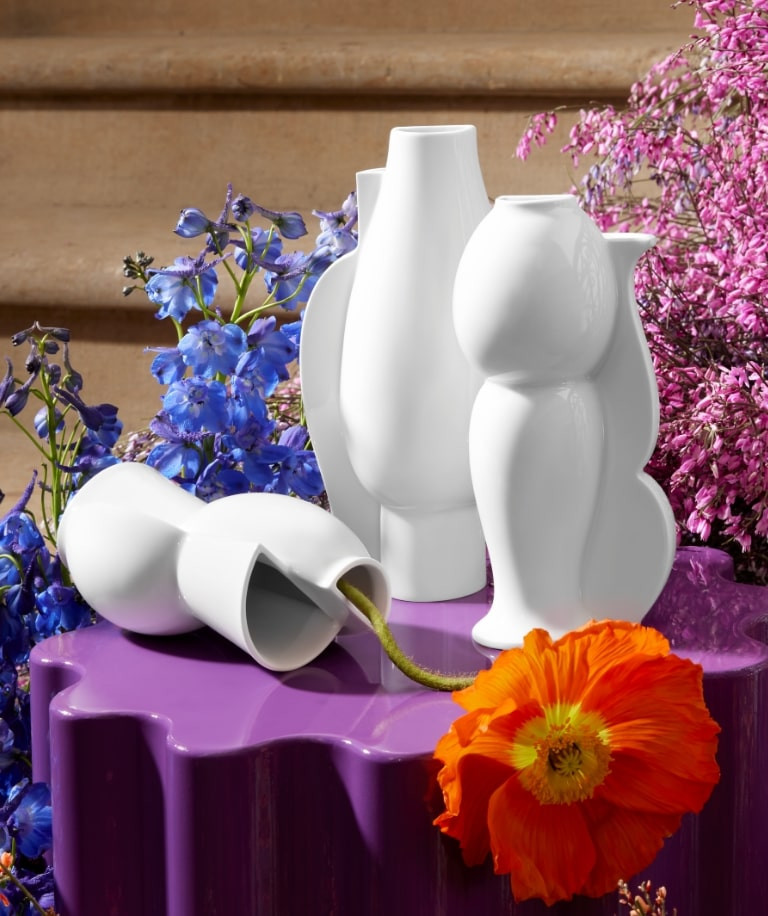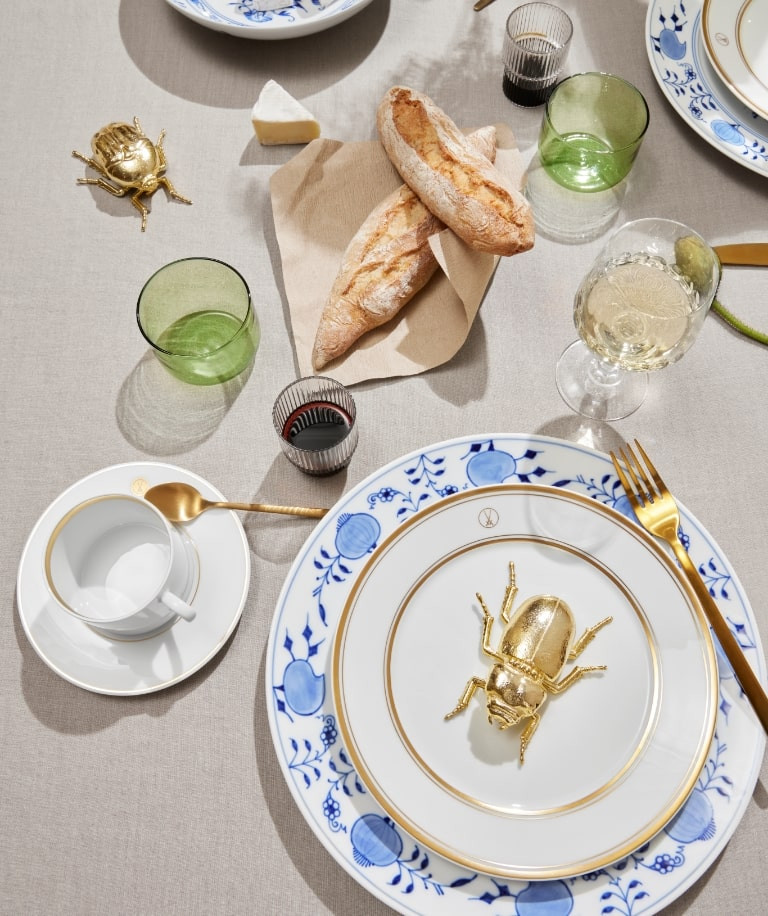Christmas Offer from MEISSEN – Enjoy Exclusive Savings! Learn More.
Skip to Content
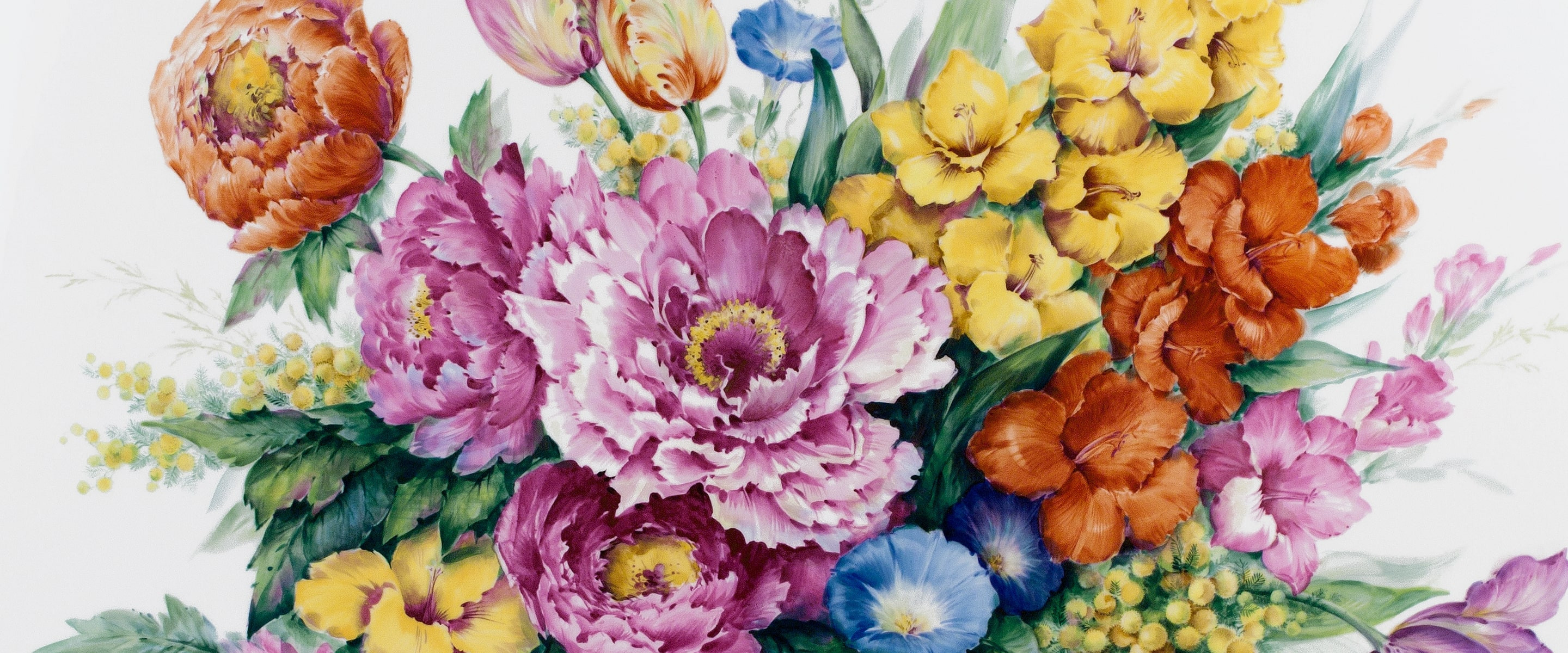
Meissen Flower Painting
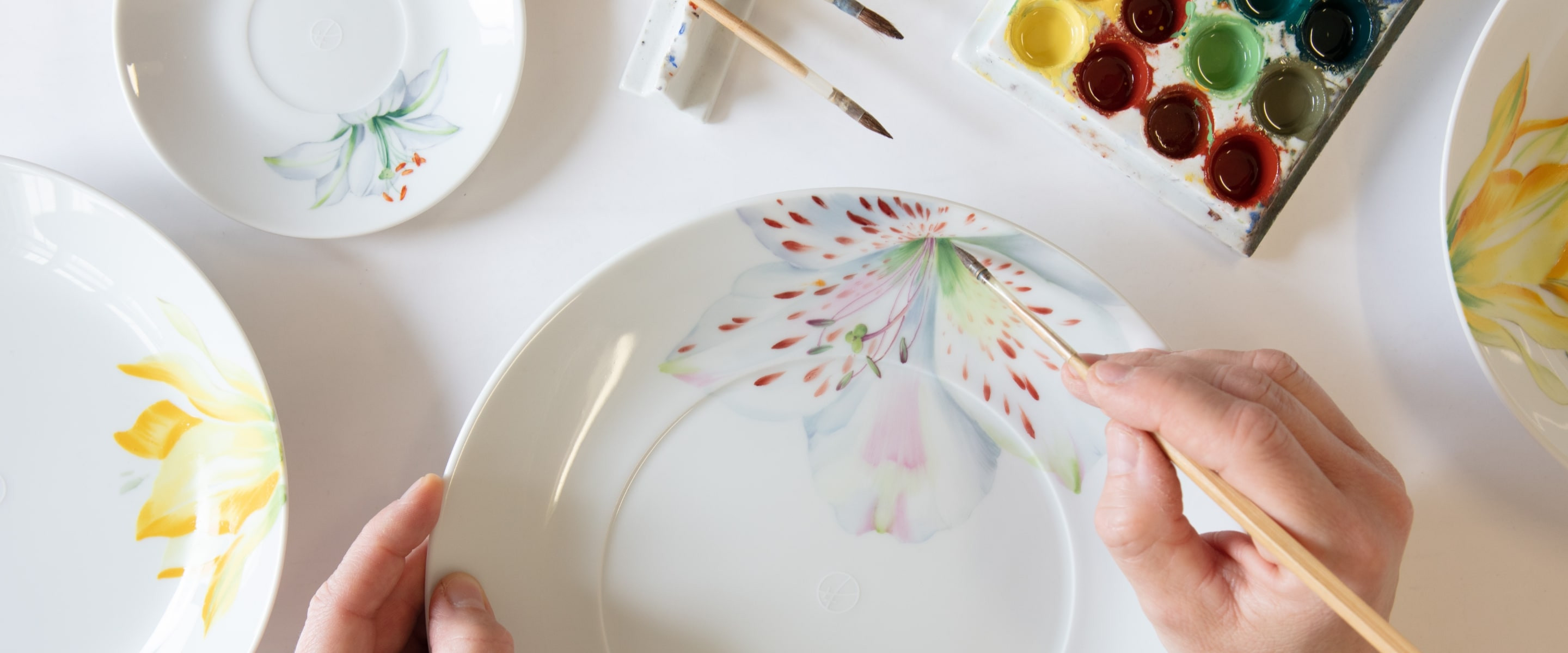

Meissen Flower Painting
and its Icons
#FLOWERAGE
-
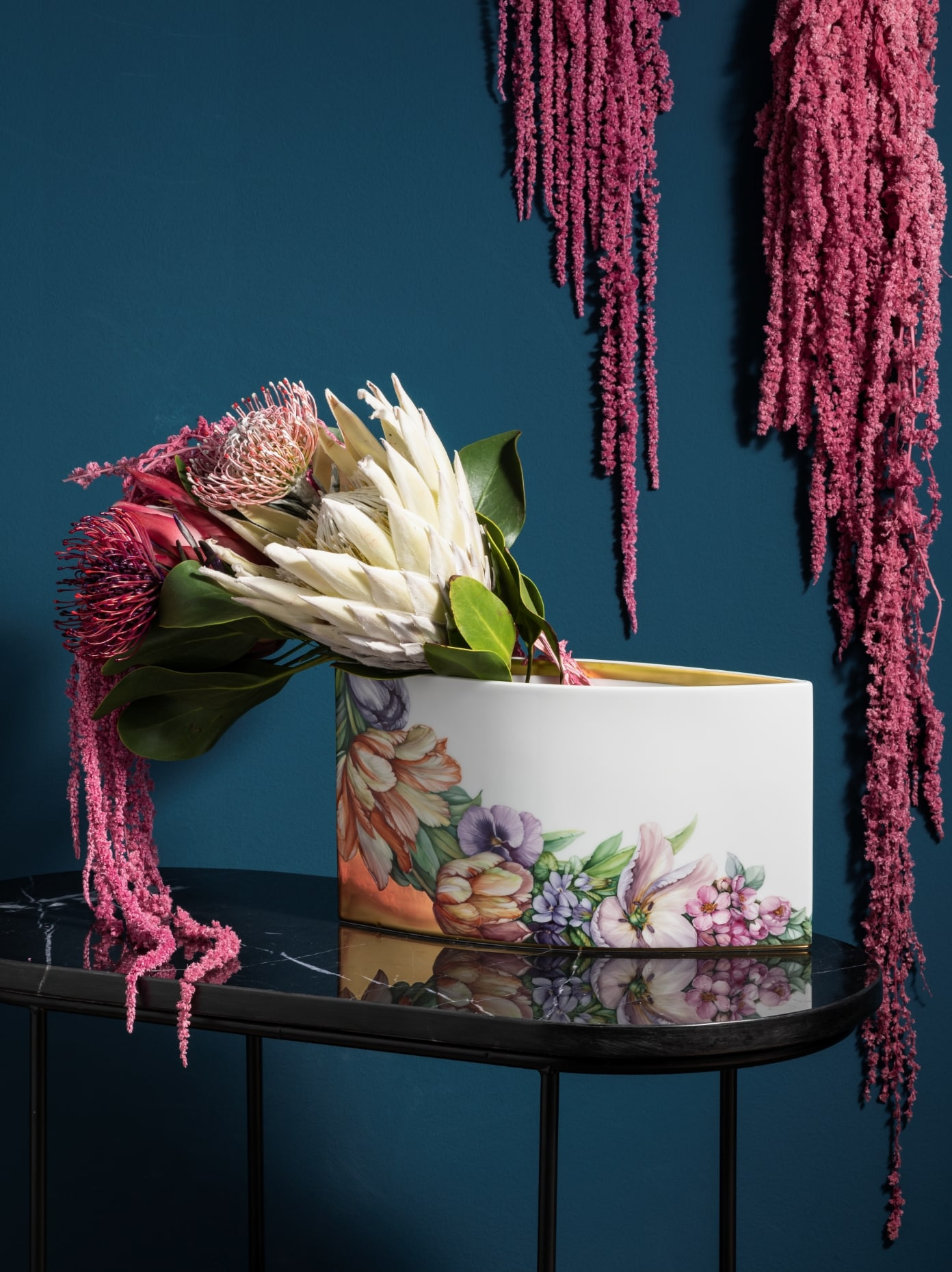 Like other styles of patterns, the depiction of flowering plants on MEISSEN porcelain was influenced by East Asian models until the 1730s. One example would be the picturesque blossoms of the “Indian Flower Branch” decor, first created in 1720. Like the styles upon which it was based, the painting is rich with symbolic resonance. The “Blue Onion“ pattern dates from this same period. Splendid illustrations from books and copperplate prints also served as inspiration for flower depictions at the still-nascent porcelain industry at Meissen. At the time such depictions were more artificial than they were accurate, but by the beginning of the 1740s a style of painting more closely adhered to nature had developed and flowers became the main motif of porcelain decoration at MEISSEN for the first time.
Like other styles of patterns, the depiction of flowering plants on MEISSEN porcelain was influenced by East Asian models until the 1730s. One example would be the picturesque blossoms of the “Indian Flower Branch” decor, first created in 1720. Like the styles upon which it was based, the painting is rich with symbolic resonance. The “Blue Onion“ pattern dates from this same period. Splendid illustrations from books and copperplate prints also served as inspiration for flower depictions at the still-nascent porcelain industry at Meissen. At the time such depictions were more artificial than they were accurate, but by the beginning of the 1740s a style of painting more closely adhered to nature had developed and flowers became the main motif of porcelain decoration at MEISSEN for the first time.
Around 1745, MEISSEN developed the “German Flower” style of decoration, which allowed for even more freedom in composition. Motifs continued to be based on botanical models but lighter, brighter colours and subtler contour lines made the plants appear more lively. In response to the changing tastes of Rococo society, a floral decoration style developed around 1755 in which the motifs broke away completely from their models in nature and were arranged as individual flowers or bouquets on the surface of the vessel. In the 1770s, brightly colourful, more compact depictions prevailed – a transitional period to the mannered flower painting of the Biedermeier era.
"East Asian porcelain served as the model for the first forms and decor styles produced at Meissen, such as "Indian Flower Branch" and the "Onion Pattern"."
-
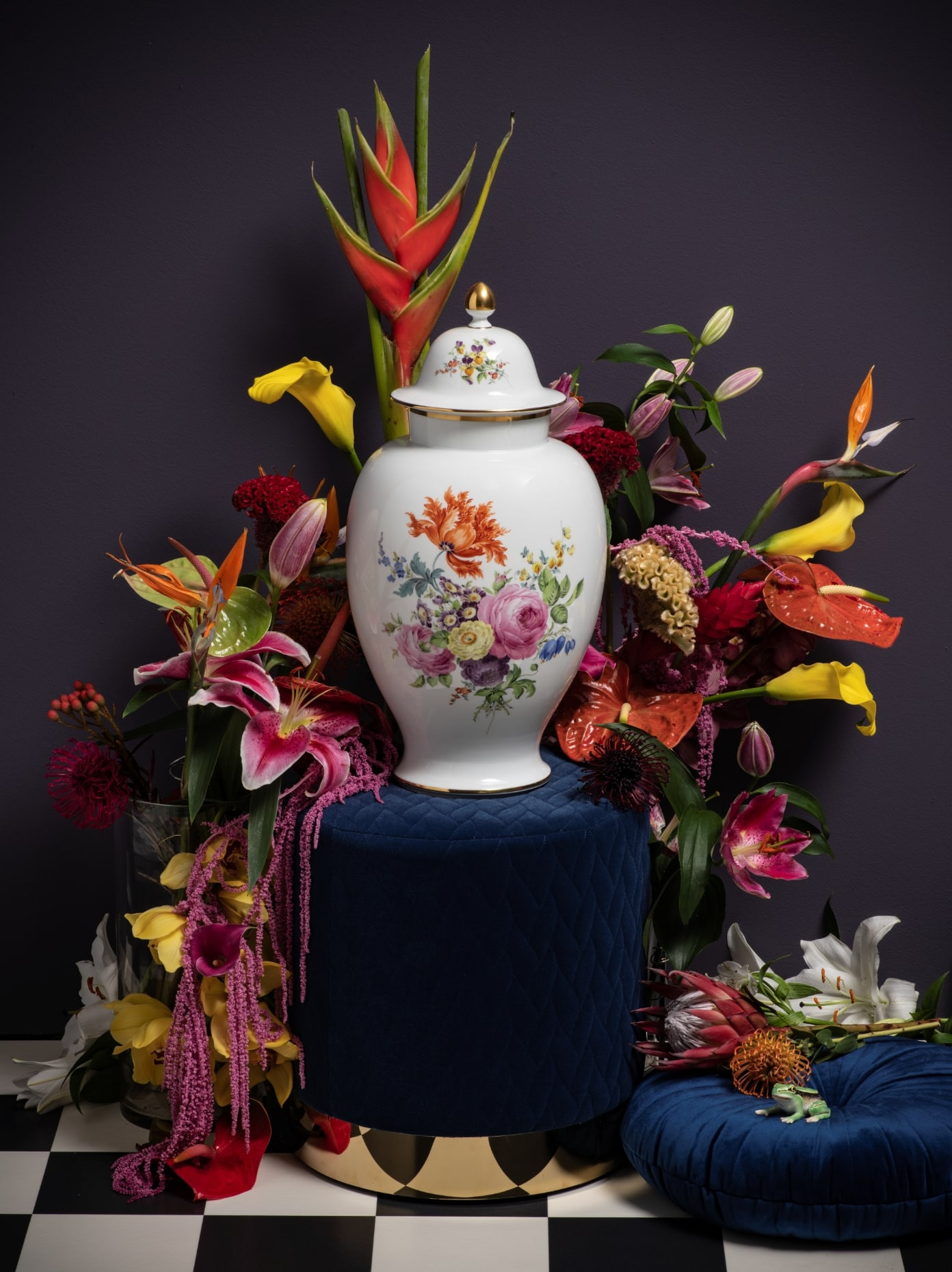 During the Romantic and Biedermeier eras, the porcelain painters at MEISSEN increasingly turned to classical, true-to-nature still lifes in the form of opulent flower arrangements. By the middle of the 19th century, the naturalistic style of painting had been fully developed at MEISSEN. The “Strewn Flowers” and “Strewn Roses” decor patterns are typical creations of this period. Blossoms and blooms are depicted in their natural beauty, an artistic choice that diverged from the East Asian models for the first time. The rose appeared as a motif as early as 1740 but did not achieve popularity as a solo motif until the end of the 18th century. The “Meissen Rose” that was then developed during the Biedermeier era is consistent with the particularly sculptural floral still-life style of Georg Friedrich Kersting, a drawing instructor and head of Meissen flower painting at that time. Since then, fruits and animals have also been depicted in a nature-oriented painting style that relishes manifold peculiarities, subtleties and irregularities.
During the Romantic and Biedermeier eras, the porcelain painters at MEISSEN increasingly turned to classical, true-to-nature still lifes in the form of opulent flower arrangements. By the middle of the 19th century, the naturalistic style of painting had been fully developed at MEISSEN. The “Strewn Flowers” and “Strewn Roses” decor patterns are typical creations of this period. Blossoms and blooms are depicted in their natural beauty, an artistic choice that diverged from the East Asian models for the first time. The rose appeared as a motif as early as 1740 but did not achieve popularity as a solo motif until the end of the 18th century. The “Meissen Rose” that was then developed during the Biedermeier era is consistent with the particularly sculptural floral still-life style of Georg Friedrich Kersting, a drawing instructor and head of Meissen flower painting at that time. Since then, fruits and animals have also been depicted in a nature-oriented painting style that relishes manifold peculiarities, subtleties and irregularities.
The tradition of flower painting at MEISSEN has continued to grow steadily to this day, undergoing numerous enrichments and refinements along the way. The porcelain painters of today are inspired not only by nature, but also by the artistic creativity of their time. One example is the new “Giant Bloom” collection with expansive flower paintings that unfold across the purist “MEISSEN® Cosmopolitan” form, underscoring the modern dining culture of our manufactory. With the filigree "Blue Orchid", one of Professor Heinz Werner's most popular designs from 1970 has been reinterpreted and transported into the modern age. The well-known illustrator Olaf Hajek also breaks down the boundaries between reality and imagination in his works for MEISSEN and creates his very own visual language of fantastic gardens and paradisiacal fairytale worlds with breathtaking floral elements.
We are undoubtedly proud of the long tradition and current development of flower painting at MEISSEN. This ongoing innovation and passion for floral motifs connects us with the past and at the same time looks to a promising future.







